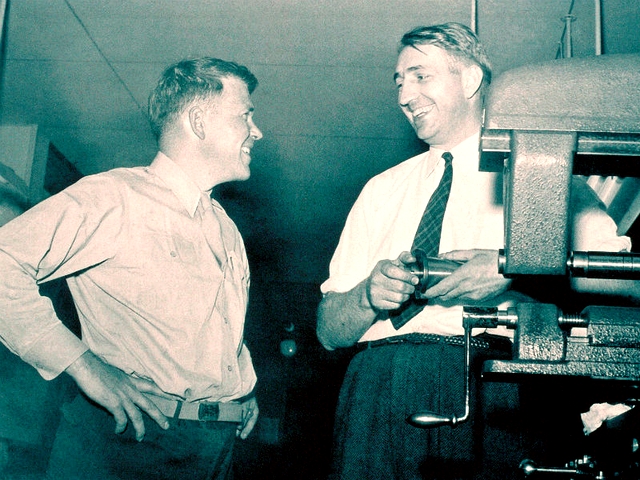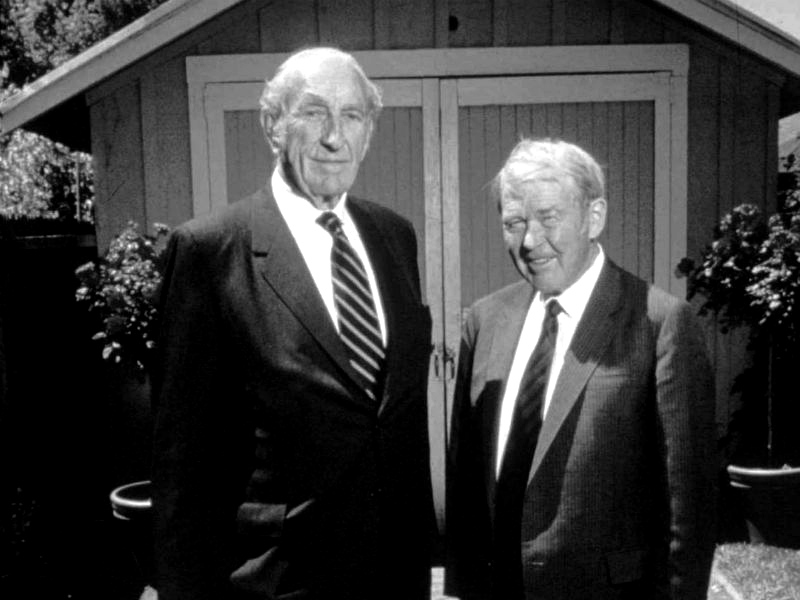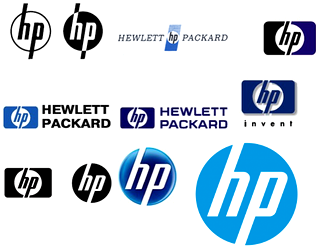Flashback Friday: How Disney's Fantasia led to the foundation of HP

HP is one of the oldest and largest IT corporations in the world. It also happens to be one of the most interesting. Now largely associated with enterprises and hardcore business technology, it's a little-known fact that HP was actually the driving force behind the establishment of Silicon Valley.
Way back in the early 1930s, Bill Hewlett and David Packard were engineering students -- and friends -- at Stanford University. Upon graduation, however, they went in separate directions; Packard headed to New York State, securing a job with General Electric, while Hewlett took his studies further, at MIT and then Stanford again.
However, they stayed in touch, and in 1938 Packard returned to California with his new wife, Lucile. Hewlett found a property in Palo Alto that the trio could afford to rent and they subsequently all moved in, paying $45 per month. The newlyweds stayed in the downstairs flat, while Hewlett set up base in the backyard shed. The landlady gave them permission to use the property's 18 x 12ft garage as a workshop.
Hardly the most glamorous of arrangements, but the fact that 367 Addison Avenue's humble little garage is now an official California Historical Landmark, featuring a plaque that reads "Birthplace of 'Silicon Valley'", tells you everything about what the young entrepreneurs achieved there.
Hewlett and Packard made themselves busy over the following months, creating a series of prototype electronic devices, such as a harmonica tuner, a diathermy machine and a foul-line indicator to be used in a bowling alley. Their big break was just around the corner, though.
Under the guidance of Professor Fred Terman at Stanford, Hewlett developed a resistance-tuned audio oscillator, which was able to measure sound frequencies. The duo built a device in their garage and named it the Model 200A, in order to give the impression that it was manufactured by a company with a strong product line.
Crucially, their oscillator was, according to HP, significantly cheaper than rival devices on the market, and soon enough Disney came knocking on the door. The company, which at the time was working on the 'Fantasia' movie, ordered eight units of the 200B (an improved version of 200A).

This deal led Hewlett and Packard to formally establish their little business on 1 January 1939, but the duo ran into trouble when they came to naming it. After tossing a coin, they decided to go for Hewlett-Packard, rather than Packard-Hewlett.
In 1940, having picked up two new employees, HP relocated to Page Mill Road, in Palo Alto. The following few years were eventful. In 1942, Hewlett was called up to fight in World War II, leaving Packard to run the company alone. During this period, the company manufactured oscillators that were used in radar equipment by the US army.
 In 1947, Hewlett-Packard incorporated. A few years later, it got involved in conflict again (the Korean War this time), and found more and more success, as the demand for electronics skyrocketed. Over the years, the company has built a huge range of products, including printers, calculators, medical equipment, business software and, of course, computers.
In 1947, Hewlett-Packard incorporated. A few years later, it got involved in conflict again (the Korean War this time), and found more and more success, as the demand for electronics skyrocketed. Over the years, the company has built a huge range of products, including printers, calculators, medical equipment, business software and, of course, computers.
Aside from its devices and solutions, HP became renowned for one thing in particular: its culture. "The HP Way" was described by Hewlett as, "The policies and actions that flow from the belief that men and women want to do a good job, a creative job, and that if they are provided with the proper environment they will do so". This led Apple co-founder Steve Jobs -- who was incidentally offered a summer job by Hewlett as a precocious 12-year-old -- to single out HP (along with Disney and Intel) as a company he admired.
David Packard passed away on 26 March 1996 and Bill Hewlett died on 12 January 2001.
Published under license from ITProPortal.com, a Net Communities Ltd Publication. All rights reserved.
